Overview of the Production Budget
The Production Budget is a smart plan that helps companies figure out how much money they need to turn raw materials into finished products. It lays out every cost involved in creating goods, from the materials needed to the people working on the project. It’s not just about numbers; it’s about making sure the production process runs smoothly.
Our journey will unravel the simplicity of the Production Budget. We’ll explore its basic elements, understand how it’s put together step by step, and even peek at a real-life example. By the end, you’ll see how this budget isn’t just a bunch of math, it’s a tool that helps businesses make wise financial decisions in the exciting world of creating things. Let’s dive into the basics of the Production Budget together!
Elements of the Production Budget
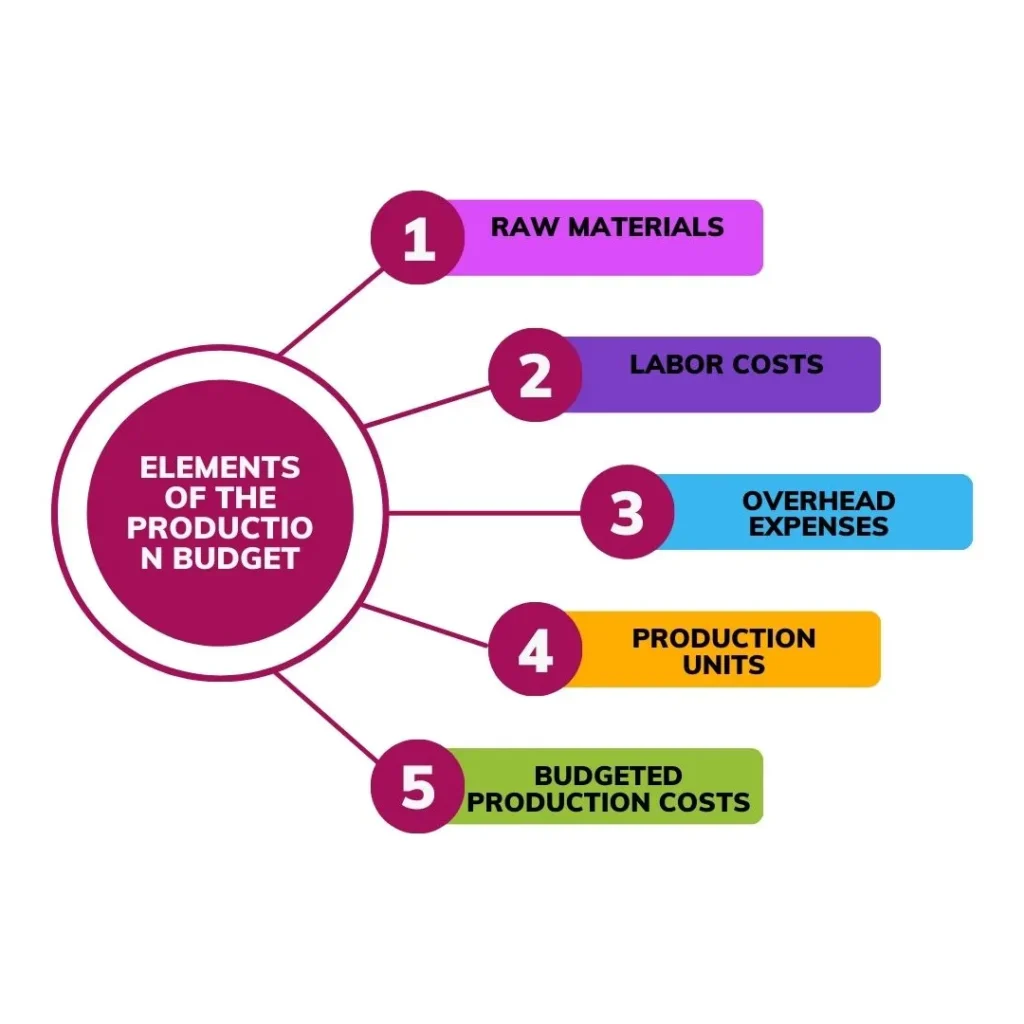
Raw Materials:
Imagine baking a cake. The flour, sugar, and eggs are like raw materials. In the Production Budget, this is the stuff a company needs to make its products. So, the first element is all about listing and figuring out how much of these raw materials are required.
Labor Costs:
Just like a chef needs help in the kitchen, companies need people to help make their products. Labor costs in the Production Budget are like the payment for the chefs, or the workers. It includes wages and other expenses related to the people making the products.
Overhead Expenses:
Think of this as the extra costs that tag along. If you’re baking that cake in a fancy kitchen, the electricity, rent, and other bills are manufacturing overhead expenses. The Production Budget, it’s about adding up all these extra costs related to making the products.
Production Units:
In simple terms, this is how many items a company plans to make. Going back to the cake, it’s like deciding if you want to bake one cake or ten. The Production Budget decides the quantity of products a company aims to produce.
Budgeted Production Costs:
This is the total. It’s like adding up all the costs of the raw materials, labor, and overhead. Just like you would check if the cost of baking a cake fits your budget, companies use this element to see if making their products is financially sound.
Step-by-Step Procedures for Creating a Production Budget
Initial Assessment and Planning:
Start by figuring out what you want to make and how much of it. It’s like deciding what kind of cake you want to bake and how many servings you need. This is the planning phase where you set the goals for your production.
Estimating Raw Material Requirements:
Think of this as making a shopping list for your cake. Identify and list down all the raw materials you need – flour, sugar, eggs. In the business world, it’s about estimating how much of each material is required to make your products.
Calculating Labor Costs:
Just like you would consider how much you’re paying the bakers, in business, this step is about figuring out the costs related to the people who will help make your products. It includes wages, benefits, and other expenses associated with the workforce.
Determining Overhead Expenses:
Now, add up all the extra costs. If you’re baking in a fancy kitchen, consider the electricity, rent, and other bills. In business, overhead expenses cover all additional costs beyond raw materials and labor that are needed to produce your goods.
Integration with Other Budgets:
Your cake-baking budget needs to fit with your overall kitchen budget. Similarly, in business, the Production Budget needs to sync with other budgets like sales and marketing budgets. Integration ensures all parts of the business work together smoothly.
Creating a Production Budget is like following a recipe to bake a cake – you plan, gather your ingredients, consider the cooks’ pay, factor in extra costs, and make sure everything aligns with your overall kitchen goals. It’s a way for businesses to organize and understand the costs of bringing their products to life.
Practical Application: Example of a Production Budget
Estimating Quantities:
Begin by deciding how many T-shirts you want to produce. If you aim for 500 T-shirts, that’s your starting point. For example 500 shirts.
Raw Material Costs:
Calculate the raw material needed for each T-shirt. This includes fabric, thread, and any other materials. Let’s say it costs $5 in materials for each shirt, so for 500 shirts, that’s $2,500.
Labor Expenses:
Consider the cost of the people making the T-shirts. If you pay $10 per hour and it takes 2 hours to make each shirt, the labor cost per shirt is $20. For 500 shirts, that totals $10,000.
Overhead Costs:
Think about additional costs like electricity for the sewing machines or rent for the production space. If these add up to $2,000, that’s your overhead expense.
Budgeted Production Costs:
Add up all the costs: raw materials ($2,500), labor ($10,000), and overhead ($2,000). The total budgeted production cost for 500 T-shirts is $14,500.
| Elements | Unit | Unit cost | Total cost |
| Raw materials | 500 | $5.00 | $2,500.00 |
| Labor | 500 | $20.00 | $10,000.00 |
| Overhead Costs | $2,000.00 | ||
| Total costs | $14,500.00 | ||
This Production Budget helps you understand the expenses involved in making T-shirts. It ensures you have enough materials, pay your workers, and cover additional costs. It’s like having a plan before starting to sew, making sure you know the costs and can set a reasonable selling price for your T-shirts.
Recap of Key Concepts
The Production Budget is the financial blueprint for making products, involving key steps like estimating quantities, calculating raw material and labor costs, factoring in overhead expenses, and ensuring seamless integration with other budgets.
In a nutshell, it’s a strategic planning roadmap that guides businesses in planning, organizing, and understanding the costs involved in bringing their goods to life, much like following a recipe to ensure a successful outcome in the world of production.

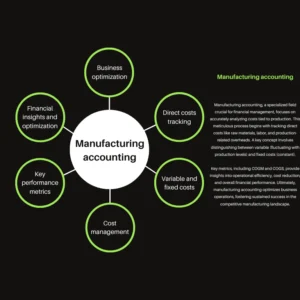
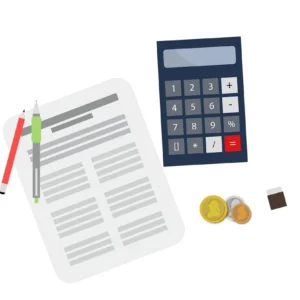
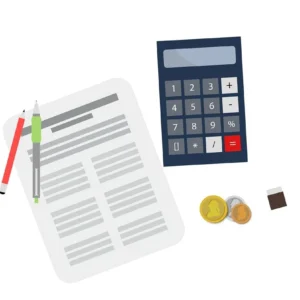
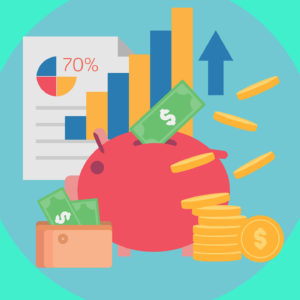
Wow, superb weblog structure! How lengthy have you been running a blog for?
you made running a blog look easy. The full glance of your website is magnificent, as neatly as the content!
You can see similar: ecommerce and here ecommerce